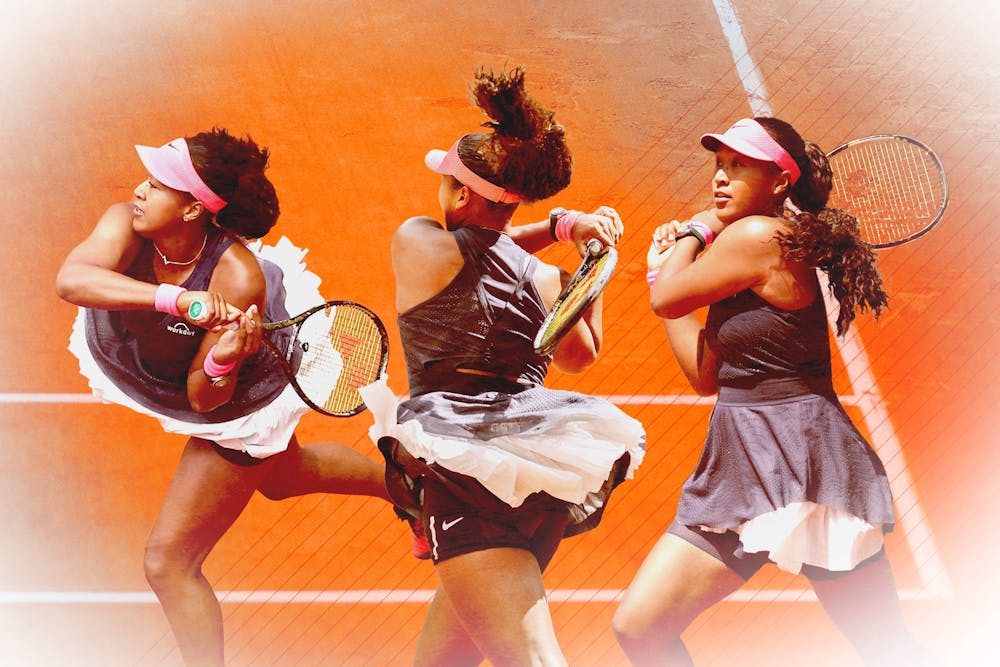It’s no secret that Naomi Osaka has had a complicated history with clay, but the former world No.1 has approached this season with new-found perspective and is determined to find a way to make progress on the surface.
Osaka’s first match on the red dirt in almost two years was a straight-sets opening-round defeat in Rouen last month. The Japanese-Haitian star used colourful language to describe that experience, but her feelings quickly changed as she navigated through the rest of her clay campaign.
 ROLAND-GARROS
18 May - 7 June 2026
ROLAND-GARROS
18 May - 7 June 2026




